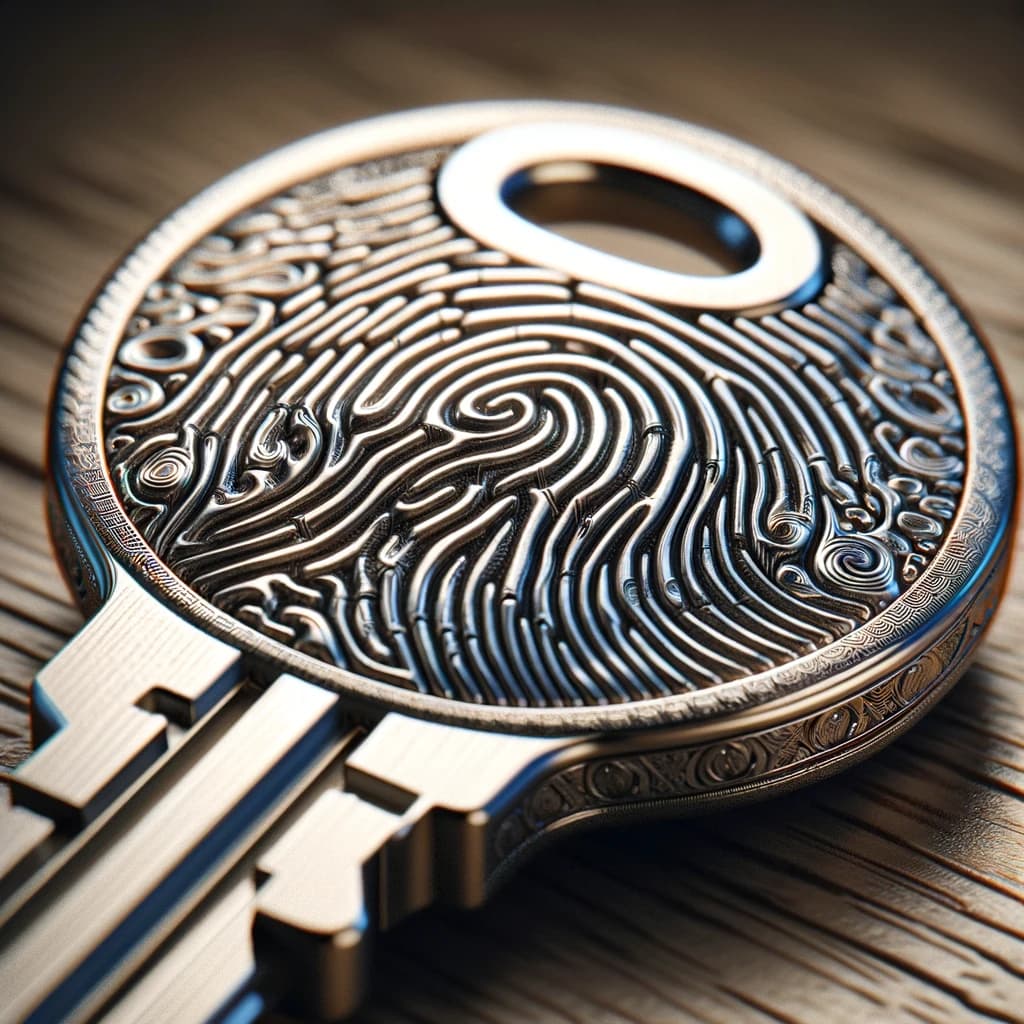Advancements in practical quantum cryptography are now within reach, marking a significant milestone in the fields of science and technology. A groundbreaking study published in the prestigious journal Nature reveals the first successful real-world application of a quantum cryptography method by an international team. This method is hailed as the most secure, being impervious to traditional hacking methods.
This pioneering experiment, a culmination of thirty years of foundational research, was conducted at the University of Oxford’s Department of Physics. It saw critical theoretical contributions from global institutions including ETH Zurich, EPFL, the University of Geneva, and France’s CEA. The team showcased a quantum key distribution system that overcomes the limitations of current quantum technologies by offering unparalleled security, even when the physical devices used might be flawed.
Unlike previous quantum key distribution (QKD) methods that required trust in the quantum devices used, this new approach ensures secure communication through devices without detailed knowledge of their inner workings. This breakthrough sets the stage for deploying quantum cryptography in everyday technology while opening doors for more advanced quantum information technologies based on the concept of device independence.
Professor David Lucas of the University of Oxford emphasized the practical achievements of the experiment, highlighting the successful transmission of a secure key via their quantum network. The project, initially aimed at quantum computing applications, demonstrates the broader utility of quantum networks.
The experiment’s success hinged on the principle of quantum entanglement, which describes a powerful connection between particles across vast distances. This phenomenon underpins the enhanced security features of the new cryptographic method, offering a robust defense against eavesdropping and unauthorized access in communications and transactions.
Traditional cryptographic techniques are vulnerable to the computational prowess of upcoming quantum computers. Previous QKD research mitigated some risks by removing computational constraints but still required trust in the quantum devices used. The new research leapfrogs these limitations, providing a ‘device-independent’ cryptographic method that only relies on the foundational principles of quantum mechanics, verified through experimental observations.
David Nadlinger, the study’s lead author, reflected on the journey from theoretical quantum oddities to their practical application in securing communications. This advancement is not just a testament to quantum theory’s validity but also its practical implications for enhancing privacy and security.
The University of Oxford, along with its role in the Quantum Computing and Simulation (QCS) Hub, is at the forefront of quantum technology research in the UK, supported by the National Quantum Technology Programme. Professor Lucas attributed this breakthrough to the sustained national investment in quantum research, underscoring the importance of long-term commitment to achieving such scientific milestones.
The research paper, titled ‘Experimental quantum key distribution certified by Bell’s theorem,’ marks a significant step forward in the application of quantum theories to real-world technologies, promising a new era of secure communication.
The original article can be accessed here.
The research paper can be accessed here.













Responses (0 )